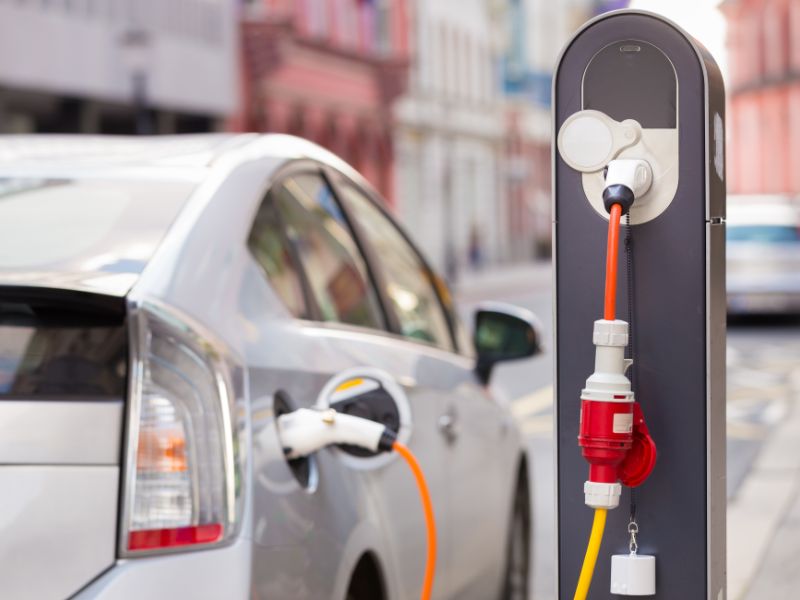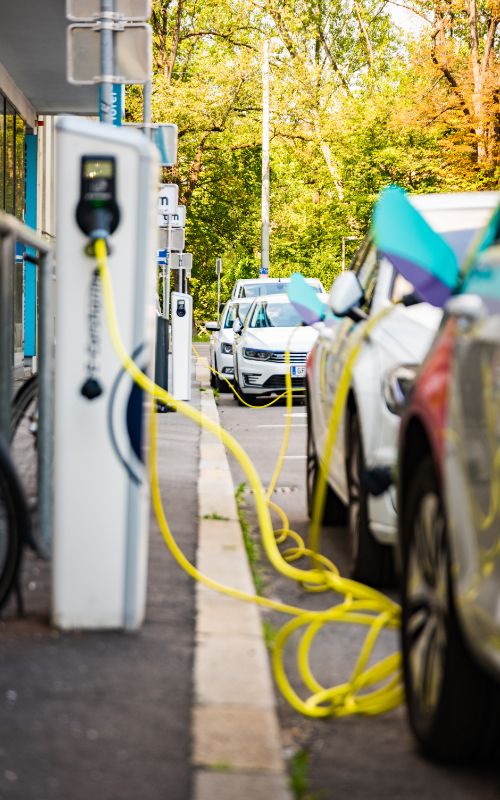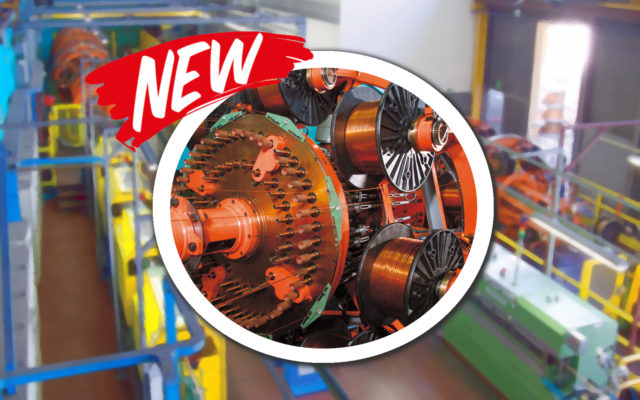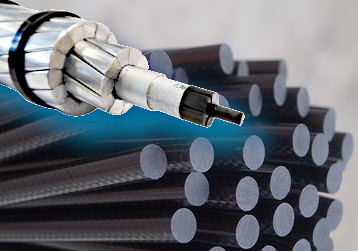The future of electric mobility is of crucial importance, with a growing interest in electric vehicle charging and charging stations. In the context of the transition to sustainable transportation solutions, our company is at the forefront.
The future of electric mobility (and the growth of the electric sector in general) is a topic of crucial importance in the current context. It hinges, among other things, on solving the issue of electric vehicle charging. With the increasing focus on sustainability and ecology, the transition to sustainable transportation solutions is becoming a matter of extraordinary importance worldwide. Therefore, focusing on the critical aspects of electric vehicle charging stations, from their size to energy storage, and not forgetting the charging time, which could become a problem, especially in the context of highways, is fundamental.
- 1. The trends in the automotive and e-mobility sectors
- 2. Electric vehicle charging and batteries
- 3. Electric vehicle charging station
- 4. Not only electric vehicle charging: three other topics to focus on when discussing e-mobility
- 5. Conclusion
1. The trends in the automotive and e-mobility sectors
The automotive sector is undergoing a profound transformation. The adoption of electric vehicles is steadily increasing, driven by both growing public and corporate interest and incentive policies. The reduction of greenhouse gas emissions and energy efficiency are motivating automotive companies to invest significantly in electric mobility. However, to make electric transportation a mass phenomenon, even before addressing the issue of the cost of this transition for consumers (who often find incentives insufficient compared to the vehicles they intend to purchase), the issue of electric vehicle charging must be resolved.

For years, De Angeli Prodotti has been committed to research and development in this sector, leading to the discovery of innovative solutions for the electric mobility industry. These innovations have translated into key components for generators, motors, and transformers, significantly contributing to the growth of this industrial sector.
2. Electric vehicle charging and batteries
When we talk about electric vehicles, we mainly refer to three different technologies: full-electric vehicles, which are entirely powered by batteries; plug-in hybrid vehicles, where a combustion engine coexists with a rechargeable electric battery through a plug; and traditional hybrid vehicles, where the dual power source remains, but the batteries recharge autonomously as the vehicle is in motion, harnessing recovered energy. These vehicles are not rechargeable at charging stations, and the issue of electric vehicle charging stations does not apply to them.
3. Electric vehicle charging station
In Italy, there are nearly 30,000 ‘quick‘ charging points, which, in reality, are anything but quick. Public charging stations are divided into three speed levels, with ‘quick’ being the slowest. However, the charging time is not the only factor discouraging the transition to electric cars. Italians also fear running out of power because, although these electric vehicle charging stations exist and position Italy as a leading country in Europe, their distribution varies significantly from the North to the South.
The availability of fast and efficient charging infrastructure is crucial for the transition to this type of mobility. Creating an electric vehicle charging station with features that enable it to be widely distributed across the territory requires significant efforts in the electrical sector, further driving the demand for high-quality conductors and winding wires.
That’s why conductors and winding wires become the foundations upon which these advancements rest. Thanks to its dedication to research and development, De Angeli Prodotti is at the forefront in supplying high-quality conductors and wires for the automotive and electric mobility sectors.
4. Not only electric vehicle charging: three other topics to focus on when discussing e-mobility

4.1 Large-scale electrification
Europe is the world’s largest electric vehicle market, with nearly 1.4 million electric vehicles registered in 2020. However, there is significant heterogeneity among different member countries, both in terms of the proliferation of electric vehicle charging stations and the adoption of electric vehicles themselves. In Italy, electric vehicles have a market share of around 9%, and while there has been a significant increase compared to the previous year, their adoption lags due to the complex conversion process, which includes addressing the issue of electric vehicle charging.
4.2 Highly efficient electric motor
The electric motor is the heart of an electric vehicle. Research is focused on making motors more compact, lightweight, and efficient while delivering superior performance. These studies emphasize the importance of conductors and winding wires because the efficiency of the electric motor also depends on their quality.
4.3 Integration of advanced technologies
Automation, connectivity, and autonomous driving are becoming increasingly important in electric vehicles. These technologies require sophisticated and reliable electrical management, making conductors and winding wires even more crucial in ensuring their optimal operation.
5. Conclusion
Sustainability and efficiency in electric vehicle charging stations and electric vehicle charging, in general, will be the keys to the future success of this sector. De Angeli Prodotti is ready to lead this transition towards a cleaner and electrified world, as we have demonstrated to all our potential partners and customers at the Colitech event in Pordenone.
Being at the forefront when it comes to e-mobility is more than a mission for us; it’s a glimpse into the future that we not only envision but are determined to make a reality.


